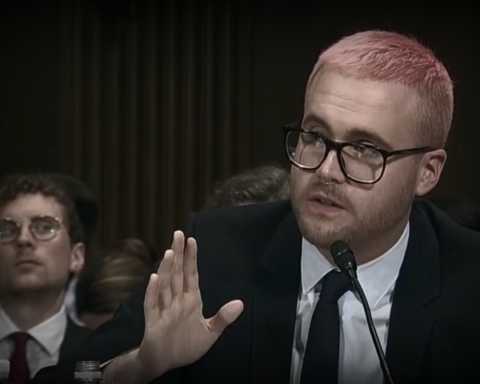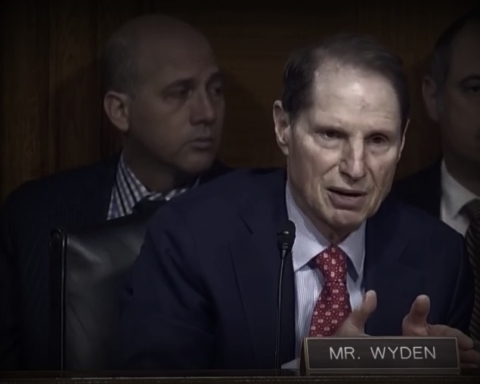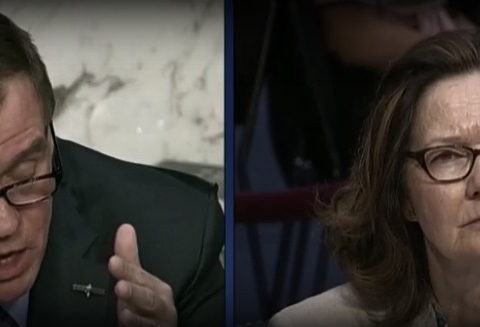More state prisoners died in the US two years ago than ever before, according to an annual Justice Department report released Tuesday.
The Bureau of Justice Statistics study found that 3,479 inmates died in state penitentiaries in 2013—a four percent year-over-year increase that pushed the mortality rate up to an all-time high of 274 per 100,000.
Driving the increase was the ongoing aging of the prison population caused by the War on Drugs. The BJS study found that those aged 55 and older accounted for 56.5 percent of all state inmates’ deaths; over half of those mortalities were caused by cancer and heart disease alone.
The demographic trend causing those deaths is being mirrored in the federal system and has given some lawmakers added reasons to push for criminal justice reform. On the same day that the BJS report was released, senators in an unrelated Homeland Security and Governmental Affairs Committee hearing prodded federal officials about reducing the size of the geriatric prison population.
When asked by committee chair Ron Johnson (R-Wis.) if guidelines on federal early release programs were “appropriately strict,” Justice Department Inspector General Michael Horowitz said he had concerns “with the elderly provisions.”
“Requiring people to serve a long period of time and to demonstrate a lengthy period of service of a sentence—what that meant was, for inmates who were the least dangerous, presumably had low sentences, they couldn’t get released because they hadn’t served a long period of time,” Horowitz explained. “That seemed odd to us.”
A report published in May by Horowitz’s office found that the share of the prison population over 50 years old increased by 25 percent between 2009 and 2013.
The probe also discovered that this older cohort is often receiving inadequate medical care, with some inmates waiting over 100 days to receive attention.
“Aging inmates could be viable candidates for early release, resulting in significant cost savings,” Horowitz’s team suggested at the time, pointing out that older prisoners commit fewer crimes on the inside and have a lower recidivism rate.
At one point during the hearing Tuesday, Sen. Kelly Ayotte (R-N.H.) may have inadvertently helped explain why guidelines on early release might be more punitive than what is widely considered as “appropriately strict,” when she asked Bureau of Prisons Director Charles Samuels Jr. about “staffing” at a federal correctional facility in her state.
“On the applicant pool, this is an area of our state where people are always looking for more jobs,” she said.






